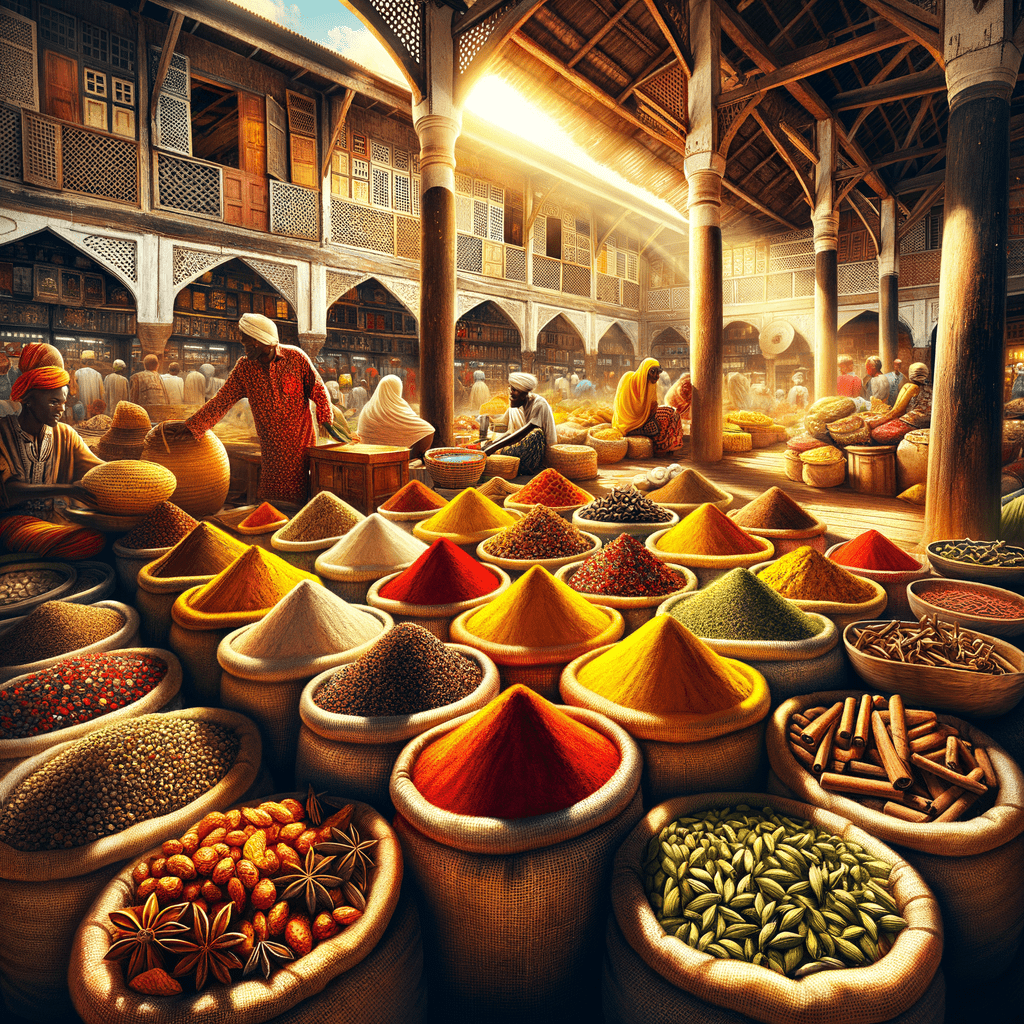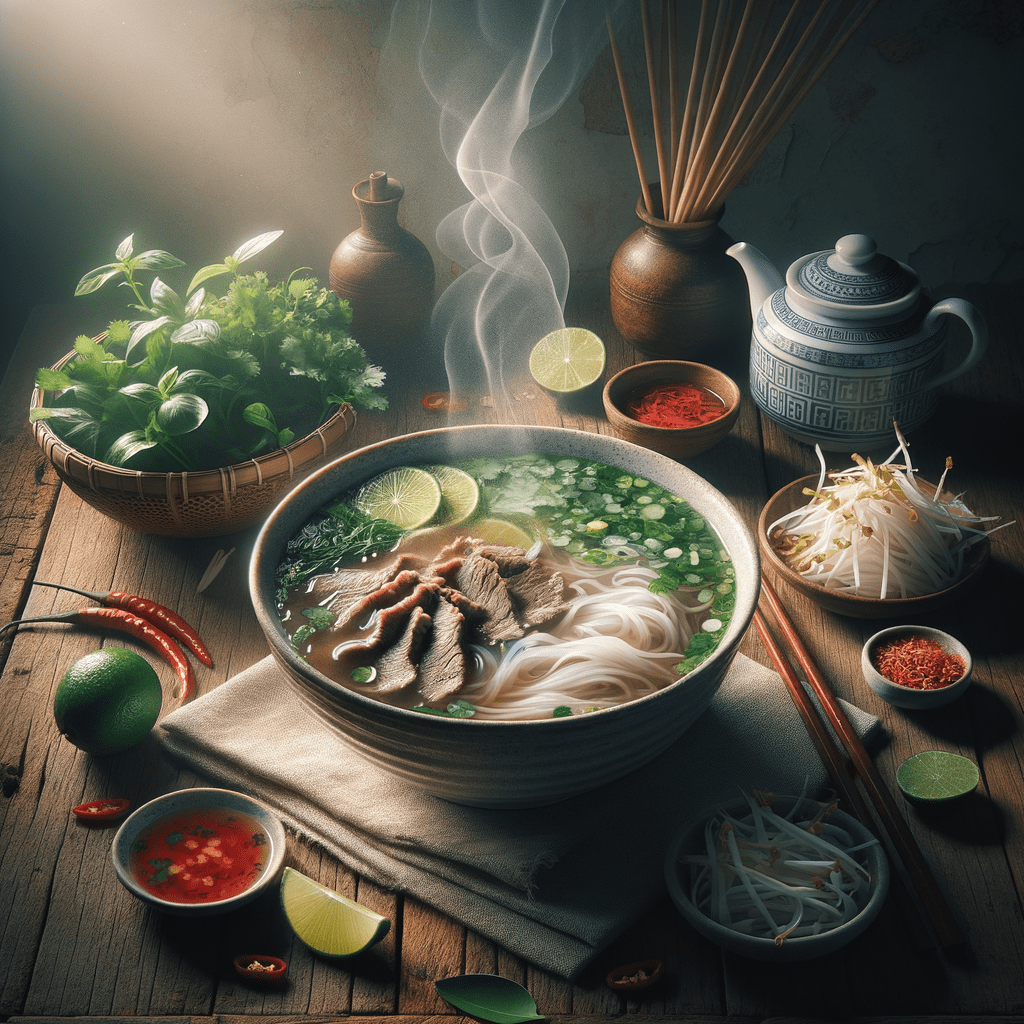Watching fusion cuisine blossom has been quite a trip. I remember when Chinese meant greasy takeout from the corner joint, and Italian was basically spaghetti and meatballs with some garlic bread for good measure. Everything was so neatly boxed, like a set of tiny Lego pieces. Who would’ve thought that someday, these culinary titans would start mingling like some dazzling flavor party happening on our plates?
What is Fusion Cuisine?
Fusion cuisine feels like a rebellious teenager who can’t be bothered with the whole playing by the rules saga. It’s got this wild streak, kind of like a friend who thinks the week really only starts after Tuesday, and that’s why Tuesdays should be spent on the road. It’s about whisking flavors and techniques from different kitchens around the world into this unexpected, delightful dish that makes you sit up and go, “Wow, never saw that coming.”
Think about it: fusion cuisine ditches the guidebook. It’s for those culinary Magellans charting their course, blending Japanese sushi with Mexican tacos or getting Indian spices all friendly with a French pastry. There’s something about that adventurous spirit that I just have to admire, even if it sometimes veers off a bit too far from my taste patch.
A Brief Stroll Through History
Fusion’s been hanging out for longer than we might realize. Humans, being the traveling, sharing creatures we are, have always mixed flavors. The Silk Road was a great big spice exchange, after all. Colonization had its grim tales, but it also swapped foods around—picture an Italy without tomatoes or an India without the fiery zing of chilies!
The 20th century brought a wave of intentional mixing, a creative culinary awakening. And those American chefs, after dabbling and mastering the classics, had this urge to play jazz with food, spinning new culinary harmonies.
Why So Popular?
Why has fusion cuisine become the talk of the town? Well, a few reasons—though a global pandemic keeping folks huddled in their kitchens wasn’t exactly part of the fusion plan. Whoops, meant to keep that light-hearted! But really, it’s a smaller world nowadays, with travel and the internet letting us peek into diverse cultures from our desk chairs. We’ve become taste adventurers, no longer satisfied with the same-old, same-old, but hungry for novelty.
Fusion cuisine offers just what our tired taste buds need: a flavor rollercoaster with a dash of nostalgia and a generous splash of surprise.
The Flavors of Diversity
I find it kind of beautiful how fusion dishes celebrate the world’s diversity so deliciously. It’s like a stunning painting with so many colors somehow blending into a seamless picture. Picture a Thai green curry pizza or Japanese sashimi with a South American chimichurri twist—mouthwatering, right?
Playing with flavors, creating this unexpected blend, fusion cuisine feels like the culinary world’s love letter to diversity. There’s nothing like that first bite, wondering which wild flavor will pop out and take you by surprise.
The Art of Creation
Fusion chefs are artists, hands down. They’re like avant-garde painters splashing bold strokes onto a canvas. But this isn’t just slap-some-sauce-on-it chaos—oh no. Fusion demands an understanding of flavors, chemistry, and balance. One misstep and it’s a flop.
It’s incredible watching these chefs leap fearlessly into culinary experiments, straddling the line between chaos and harmony. For them, each spice is a note, each dish a melody ready to be played into existence.
Criticism of Fusion Cuisine
Not everyone’s a fan of this culinary mash-up scene. There are plenty who feel like it’s a toddler scribbling over their prized culinary blueprints. Purists argue that it’s a disrespect to time-honored traditional dishes.
But here’s my take: maybe there’s room for both worlds. Tradition could be the strong tree trunks harboring the wisdom of ages, and fusion the branches daring to reach out, testing unfamiliar skies.
A Playful Affair
When it comes to creativity, fusion cuisine is playtime at its best. Gone are the days when playing with your food got you a stern look. Now, it’s about reimagining old friends—flavors coming together like new acquaintances at a dinner party with great stories to share.
Trying Korean BBQ tacos for the first time was like a revelation for me—a zingy, playful revelation. That sweet-spicy tango on my tongue made me realize that you only truly connect with food when it surprises you.
And have you seen the playful invention of the sushi burrito or the Ramen Burger? It’s chefs saying, “Why not?” and then just going for it. Creative freedom on a plate.
Fusion at Home
Bringing fusion into my kitchen has turned cooking into an experiment. Seriously, who hasn’t thrown together two leftovers and called it a new dish? Last week, I tried a Jamaican jerk seasoning with spaghetti—topped with parmesan. Not sure I nailed it, but the fun is in trying something new, isn’t it?
Experimenting like this feels a bit liberating—like an artist with a blank canvas. Sure, you might whip up a pineapple cheese sandwich that goes terribly wrong. But there’s something magical about creating a little chaos in the kitchen.
No Michelin inspectors at home, just the joy of poking your taste buds with a daring spoon.
The Future of Fusion Cuisine
Gazing into my imaginary crystal ball, I see fusion staying vibrant and daring. With the globe getting more connected, and tastes intermingling like an international dance party, the opportunities feel limitless. There’s even a nod towards sustainability—where fusion showcases local sourcing with creative innovation.
I’m positive our tastebuds will always yearn for something extraordinary. It’s not a challenge to tradition but a tribute to diversity, celebrating cultures via our universal love for food. As for me, I’ll keep my fork ready, welcoming whatever flavorful surprise lands softly on my plate next.














